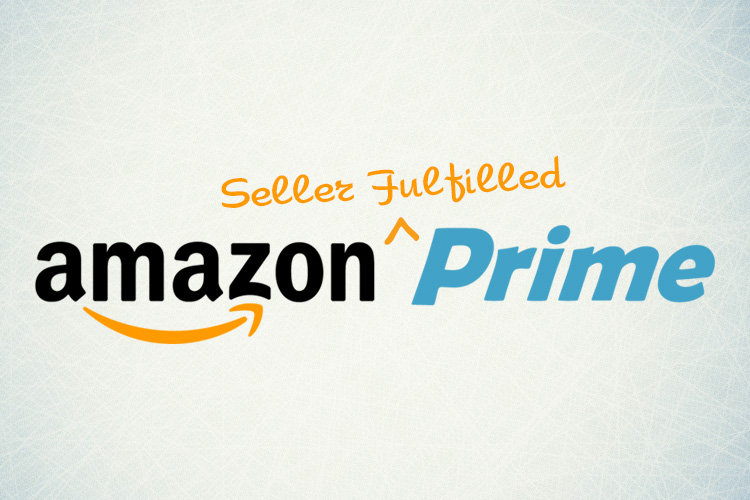Everything You Need to Know About Amazon Seller-Fulfilled Prime

In this digital age, where everything is available via the internet, it’s quite safe to say that Amazon is the place every online seller wishes to be. With multichannel listings tools and real-time inventory sync software, being on multiple platforms is easier than ever, but it’s still considered a major victory to be a part of the privileged Amazon family. Not only does your status as a seller increase, it also connects you to millions of shoppers worldwide.
Amazon is constantly striving to make the quality of online shopping better for everyone around the globe, and this includes providing better ways to conduct online transactions between both buyers and sellers. One of the Amazon programs that strives to make the lives of sellers easier is that of the Seller-Fulfilled Prime (SFP). In addition to running cheaper than Fulfillment by Amazon (FBA), it also aids in functioning your fulfillment a lot more smoothly.
Things to Know About Amazon Seller-Fulfilled Prime
If you’re new to the world of online selling, this must still be a novel concept to you. Let us help in breaking down the meaning of this program and its various features.
What is SFP?
The program of Seller-Fulfilled Prime allows qualified Amazon sellers with Professional Selling accounts to make use of the Amazon Prime badge on product listings without having to turn to FBA. Whatever customer orders come up are fulfilled by the seller, the seller’s warehouse, or a 3PL. SFP lets sellers decide which location to target in order to make Prime available in the areas that’s more feasible for them. For example, if a location is geographically more convenient to them or is close to their warehouse, they can choose that, and use traditional fulfillment or FBA for other orders.
Prerequisites for SFP
In order to be a part of the SFP program, there are certain requirements you need to fulfill. These include offering Premium Shipping options, shipping over 99% of your orders on-time, having an order cancellation rate that is under 0.5%, using Amazon Buy Shipping Services for 98.5% or more of your orders, delivering orders via carriers that are supported by SFP, agreeing to the Amazon Returns Policy, and allowing Amazon to handle all customer service inquiries. Once you meet these requirements, you will be able to start a trial period to demonstrate to Amazon your ability to handle these orders. While you won’t have access to the Prime badge during the period of the trial, you will have to fulfill the orders as if you do own it. Once you successfully complete the trial period, you’ll be enrolled in the SFP program and the Prime badge will appear on the ASINs you choose.
The Difference Between FBA and SFP
You’re probably aware of the fact that both FBA and SFP are fulfillment methods. With that point in common, there are also several points of differences, since each has features that appeals to specific businesses depending on various factors such as size, profitability, and goals. In order to understand which of the two will benefit your business more, it’s crucial to understand the differences between the two. Read on to find out more about that:
- One of the main differences between the two methods is the way orders are fulfilled. While Amazon completely fulfills every aspect of the order in case of FBA, the seller is responsible for their own order fulfillment with SFP.
- With FBA, you’re obligated to fill the Amazon storage fee, while with SFP, this fee can be avoided altogether.
- When it comes to FBA, the products being stored are available only for orders placed on Amazon or orders that you direct to them from other sales channels. Other marketplaces have rules that restrict the use of Amazon boxes to ship orders placed on their marketplace. Whereas with SFP, regardless of whatever sales channel you take the order from, the products are available to fulfill them.
- Amazon handles all the returns with regards to FBA, while the seller is responsible for taking care of the returns with respect to SFP.
- FBA doesn’t give you total control of your inventory. Once you send your stock to Amazon, the control is gone from your grasp. With SFP, on the other hand, you’re allowed to be in complete control of your inventory.
Conclusion
The best thing about SFP is that you don’t have to necessarily use the program to fulfill all your orders. You can resort to FBA for the smaller orders, and turn to SFP for managing the heavier shipments. It will surely take some time to understand whether this method works for your business or not, but once you figure it out, you will be able to see how lucrative a program it is.
Write For Us
Gain multichannel inventory visibility and control with eChannelHub
Learn more about eChannelHub with a free demo, tailored for your unique retail business.
Request A DemoRequest a Demo
Gain multichannel inventory visibility and control with eChannelHub
Learn more about eChannelHub with a free demo, tailored for your unique online business




